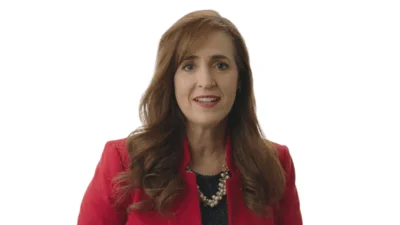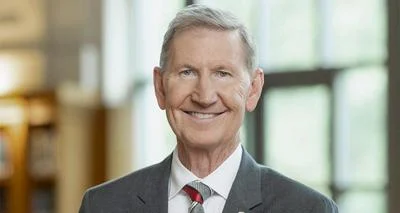Walter “Ted” Carter Jr. President at Ohio State University | Wikipedia
Walter “Ted” Carter Jr. President at Ohio State University | Wikipedia
Cities across the nation, including Ohio's Columbus, Cleveland, and Cincinnati, are laden with abandoned underground subway tunnels and electric rail lines. Author Jake Berman explores how the United States can revitalize its long-dormant public transit systems in his book, “The Lost Subways of North America.”
Berman discussed his research during an August 16 webinar hosted by The Ohio State University’s Center for Urban and Regional Analysis (CURA). The event concluded CURA’s summer webinar series, which featured researchers from around the nation speaking about their use of cartography and archival research to document trends in transportation, health, demographics, and other community issues.
Berman is a cartographer, writer, artist, and lawyer. A San Francisco native now residing in New York City, his interest in America’s public transit systems was sparked a decade ago by a traffic jam on a Los Angeles freeway.
“I was thinking to myself, ‘What’s wrong with this Los Angeles transit system? Why can’t I just take the train to work?’” Berman said. “Naturally, I went to the library to research why.”
Berman’s research revealed that Los Angeles once had a thousand-mile electric railway system dismantled after World War II for highway construction. He also found old train networks in cities across the nation documented in his book.
“As I started going down the rabbit hole,” Berman said, “I found that the stories of cities began to rhyme.”
His research examines how U.S. cities can transition from the current "expressway culture" favoring individual cars to one where public transit is viable. Citizens can play a role in urging elected officials to prioritize public transit.
“If elected officials don’t get pushed to do these things, they’re not going to do them,” he said. “People kvetch about traffic; politicians hear them and that’s how you get an expansion of freeway systems.”
There have been numerous lost opportunities over the decades for cities to build or expand public transit systems. In the late 1920s, Cincinnati abandoned construction of a subway system due to political corruption linked to its development.
“The Great Depression prevented further building out of the Cincinnati subway system,” he said. “It does make for a very complicated ‘what could have been.’”
Cleveland repurposed abandoned freight-train lines by building its Red Line public transit system in the 1950s and ’60s. However, it bypasses many points of interest in the city.
“It misses the major destinations of Cleveland, so you end up with these stations that are kind of in the middle of nowhere,” he said. “If the Red Line had been built on Euclid Avenue [a major thoroughfare] … you wouldn’t have under-used rail lines and bad land use.”
In his research, Berman uses cartography to pinpoint where rail lines and subway systems would benefit residents most within a city. Transit stops should be located at busy destinations such as densely populated neighborhoods and shopping centers. Success stories include Washington D.C.'s Metropolitan Area Transit Authority system.
“People will take the train,” he said, “if it’s convenient, fast and goes where you want it to go.”
Additionally, countries around the world offer successful public transit models that could be emulated by U.S. cities. For instance, Amtrak could follow Canada’s model by reconfiguring routes with low ridership to serve high-demand destinations.
“There needs to be reform especially for long-distance lines like Canada does them,” he said. “The long-distance lines are designed like cruises and turn a profit.”
Another example is Japan's coordination of real estate development with rail line placement—an approach U.S agencies could incentivize similarly.
“It really does require a massive rethink of what our transit agencies are meant to do,” he said. “It requires rethinking how our institutions operate.”





 Alerts Sign-up
Alerts Sign-up